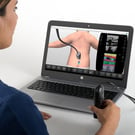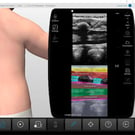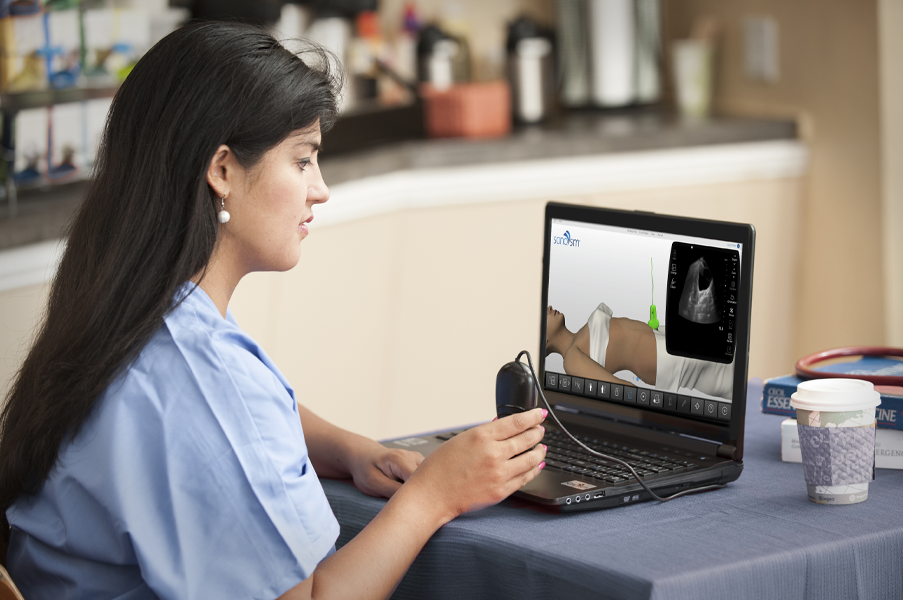
The Easiest Way to Learn Ultrasonography®
Healthcare Providers - Transform Your Electronic Devices into a Comprehensive, Hands-on, Self-Paced Ultrasound Training Platform
Join over 120,000 members who are reaching their point-of-care ultrasound (POCUS) training goals with SonoSim! Our comprehensive ultrasound training platform can be accessed across 85+ ultrasound topics and with a total of 300+ CME credit hours.
With content designed to cater to all levels of ultrasound expertise, SonoSim offers POCUS training for every physician & medical provider regardless of ultrasound experience. Embrace the future of medical training and become part of the SonoSim ultrasound learning community.
Ultrasound Training. Anytime. Anywhere.
SonoSim turns any device into a remote, self-paced ultrasound course and any laptop into a remote, hands-on virtual ultrasound scanning station. Experience scanning real cases from real patients. SonoSim gives you unlimited access to scan and image both normal and pathological cases from actual cases. Get CME and a certificate, and develop your own ultrasound image portfolio. And do it at YOUR pace. Anytime. Anywhere.
- Access to on-demand, peer-reviewed online courses
- Learning materials curated by leading ultrasound experts & educators
- Engage with real normal & pathologic scanning cases via the patented SonoSimulator®
- Enhance image acquisition & interpretation skills with help from on-screen probe guidance & a virtual tutor
- Validate your progress with knowledge assessments & certificates upon course completion
- Earn AMA PRA Category 1™ credit*
- Regularly-added Challenge Cases at no additional cost
- BONUS: Get exclusive SonoSim Member discounts on ADDITIONAL ultrasound training throughout the year
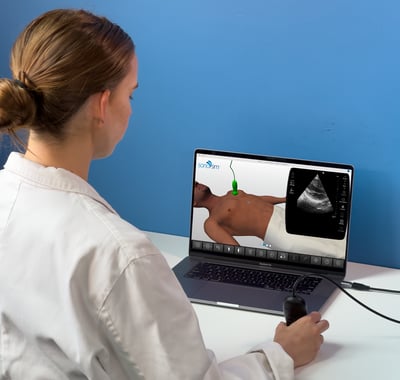
SonoSim Annual Membership gets you exclusive member discounts and Challenge Cases added throughout the year at no cost.
SonoSim Delivers MORE Training for Your Time & Money
Ultrasound Training for Physicians & Medical Providers that Goes Beyond Ultrasound Videos & Weekend Workshops
Providing a comprehensive alternative to in-person ultrasound workshops, online ultrasound courses, or ultrasound videos, SonoSim is the easiest way to learn ultrasound. Combining the largest library of accessible scanning cases from real patients, with interactive, ultrasound training courses for physicians and healthcare providers, knowledge checks, a Mastery Exam & a variety of supportive tools for HCPs, SonoSim is unmatched in its ability to support medical providers wanting to embrace ultrasound to improve patient care. Individual healthcare practitioners can join SonoSim to access these 5 elements of our ultrasound training ecosystem.
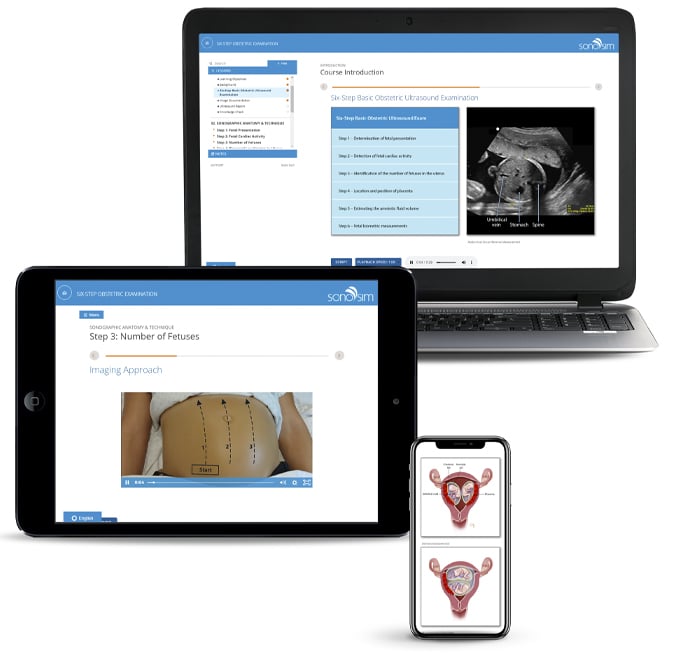
Learn Ultrasound. Anytime. Anywhere.
Online Ultrasound Courses & Experts On-Demand
SonoSim’s 85+ Online Ultrasound Courses for physicians & medical providers are created by leading ultrasound experts and are available on-demand. The growing library of interactive, multimedia, peer-reviewed ultrasound courses feature an engaging blend of relevant regional anatomy, sonographic anatomy, ultrasound imaging techniques, tips & pitfalls, real patient case studies, and ultrasound videos. And they're all eligible for CME!*
Virtual, Hands-On Ultrasound Scanning
The SonoSimulator®: Scan Real Pathology on Virtual Patients. On Your Laptop. Anytime. Anywhere.
Each SonoSim member gets an annual license to our patented SonoSimulator software. The SonoSimulator gives you practical ultrasound scanning experience on your laptop.
By overcoming the primary barriers to learning ultrasound, including access to patients with pathologic conditions, a qualified ultrasound instructor, an ultrasound machine, and repetitive practice until mastery, SonoSim gives you experience that traditional hands-on ultrasound learning workshops cannot. You get unlimited on-demand access to our content and can work at your own pace. The value of this time and flexibility for busy professionals like yourself cannot be overstated.
SonoSim members are taught image acquisition and interpretation using any laptop computer. SonoSim probe positioning guidance, a virtual tutor, and immediate AI-based performance assessment and feedback support the ability to learn ultrasound quickly and efficiently. Anytime. Anywhere.
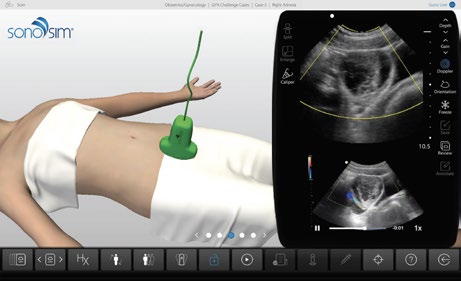
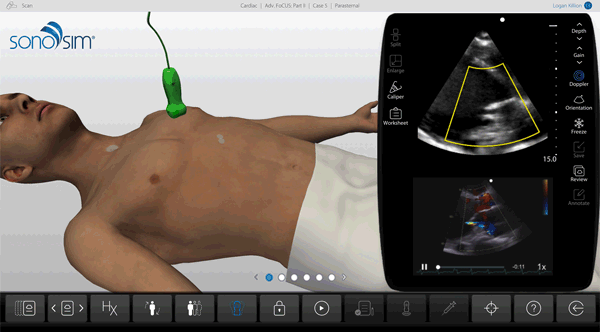

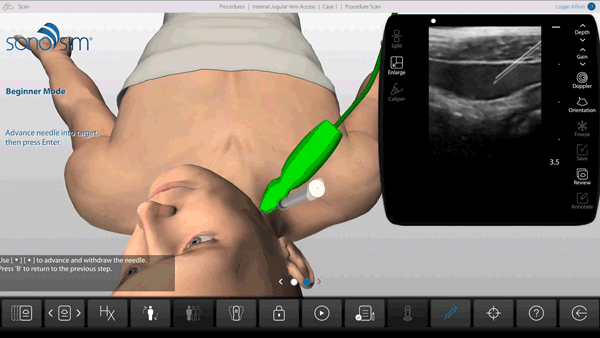
Ultrasound-Guided Procedures
Learn to Perform Ultrasound Procedures involving Needle Guidance
Using real-time ultrasound guidance for a multitude of procedures, such as peripheral IV access, is becoming the “standard of care." However, performing these challenging procedures requires significant ultrasound procedure knowledge and psychomotor skills.
SonoSim offers a variety of ultrasound learning topics for needle-based ultrasound procedures. Providing a safe and convenient setting for learners to practice a variety of ultrasound-guided procedures, SonoSim can support your addition of ultrasound-guided procedures to your services.
SonoSim Performance Tracker
Document Progress To Meet Credentialing Requirements
SonoSim's Performance Tracker helps you track your progress and develop an image portfolio that demonstrates your work in the SonoSimulator. We support you and provide real-time feedback to ensure your success every step of the way.
With SonoSim, you can document your course completion, ultrasound image acquisition, and image interpretation, as well as successfully earned CME credit. When you put all this together it can help you meet your institution's credentialing requirements.
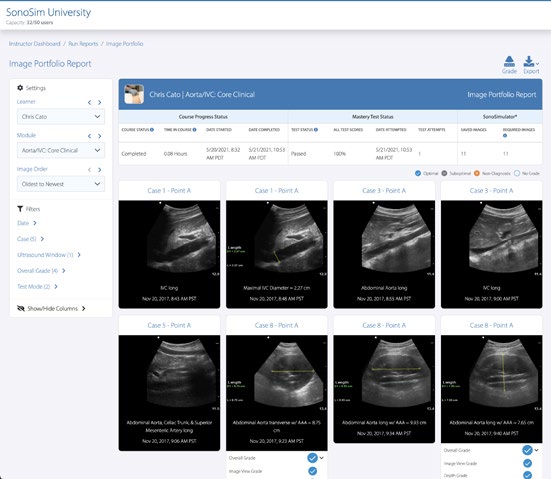
Ultrasound Study Tools
Study Ultrasound On-the-Go
SonoSim makes mastering ultrasonography more accessible than ever.
Have a minute in line? Pull up the SonoSim Mobile App to review ultrasound concepts. The Bedside Reference Guide provides just-in-time access to ultrasound tips.
Want to expand your skills beyond the ultrasound topics you chose? Take 10 minutes and work on further developing your image acquisition and interpretation skills with SonoSim Challenge Cases.
Experience Easy, Affordable, & Effective Ultrasound Training from Your Laptop
Join SonoSim in 3 Easy Steps
Step 1: Choose Your Ultrasound Topics
- Visit the SonoSim Online Store
- Select topics aligned to your learning goals
- Purchase the SonoSimulator Probe
- Proceed to checkout
Step 2: Access SonoSim & Start Learning
- Login to your SonoSim account
- Begin your learning journey immediately
- Utilize your SonoSimulator Probe to apply learned skills in practice
Step 3: Renew Your Membership
- Enjoy the continuous benefits of your SonoSim Membership
- Get regular access to new cases and features
- Continue scanning and learning
SonoSim Membership Gives You MORE
Choose from:

85+ Topics

300+ CME* Credit Hours

All Expertise Levels
All SonoSim courses are available in English, French, German, Italian, Japanese, Portuguese, & Spanish.
Anatomy & Physiology Series
SonoSim offers a wide array of courses that align the learning of sonographic anatomy & physiology with traditional textbook anatomy & physiology. Each SonoSim Anatomy & Physiology topic comes with an interactive, multimedia online course including ultrasound videos, knowledge checks & a Mastery Test, as well as a series of normal anatomy scanning cases from real patients to scan in the SonoSimulator. This content is geared toward those starting out in ultrasound or adding an anatomical area of competency not previously studied.
Clinical Series
SonoSim offers an expansive library of clinical ultrasound topics to choose from. This content is geared toward intermediate learners who already have a strong understanding of sonographic anatomy in a particular region. Each SonoSim Clinical Ultrasound topic comes with an interactive, multimedia online course including ultrasound videos, knowledge checks & a Mastery Test, as well as a series of normal & pathologic scanning cases from real patients to scan in the SonoSimulator. In addition, each topic comes with CME*. This content is geared toward those looking to add an area of core clinical competency to their ultrasound skills.
Advanced Clinical Series
SonoSim offers an expansive library of advanced clinical ultrasound topics to choose from. This content is geared toward clinicians looking to advance their skills in a particular clinical application. These topics are well-suited for those who already have a strong understanding of sonography. Each SonoSim Advanced Clinical Ultrasound topic comes with an interactive, multimedia online course including ultrasound videos, knowledge checks & a Mastery Test, as well as a series of normal & pathologic scanning cases from real patients to scan in the SonoSimulator. In addition, each topic comes with CME*. This content is geared toward those looking to expand the depth and breadth of their clinical ultrasound competency.
Ultrasound-Guided Procedure Series
SonoSim offers an extensive selection of ultrasound-guided procedure training options. This content is geared toward clinicians looking to advance their skills in specific needle-based procedures. Each SonoSim Ultrasound-Guided Procedure topic comes with an interactive, multimedia online course including ultrasound videos, knowledge checks & a Mastery Test, as well as scanning cases from real patients to practice on in the SonoSimulator. In addition, each topic comes with CME*. This content is geared toward those looking to increase the safety and effectiveness of common needle-based procedures that benefit from ultrasound guidance.
The SonoSim Wave
An Ultrasound Insights Newsletter
Get the latest trends in ultrasound training, education, & applications delivered to your inbox.









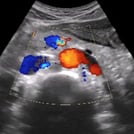
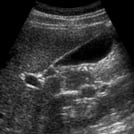
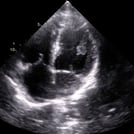
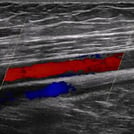
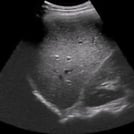

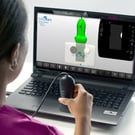
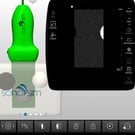
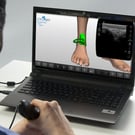
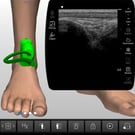


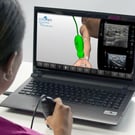
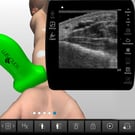
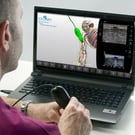
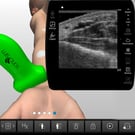




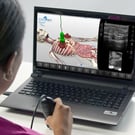
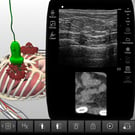
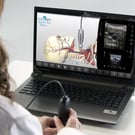
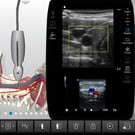
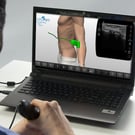
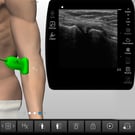


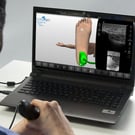
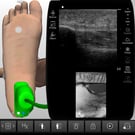


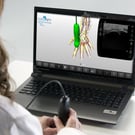
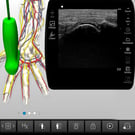
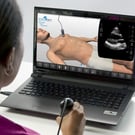
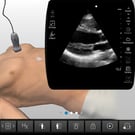
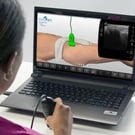
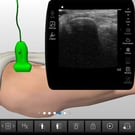
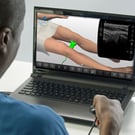
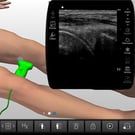
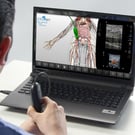
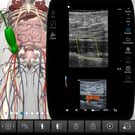
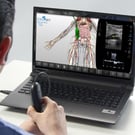
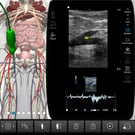


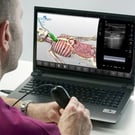
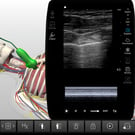
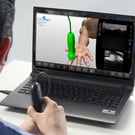
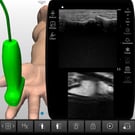


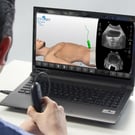
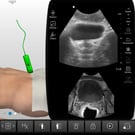


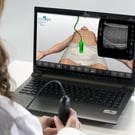
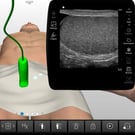
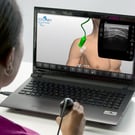
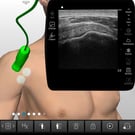
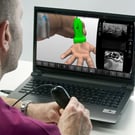
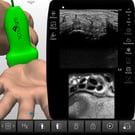

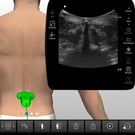


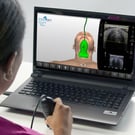
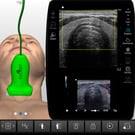
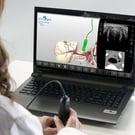
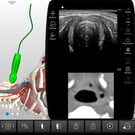
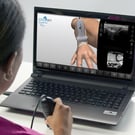
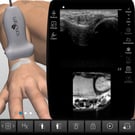
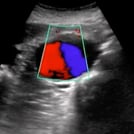
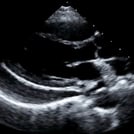
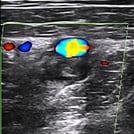
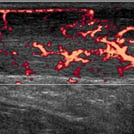
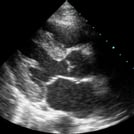
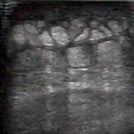

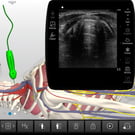






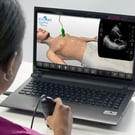
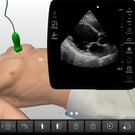
_nsp.jpg?width=135&height=135&name=clinical_dvt_product%20(1)_nsp.jpg)








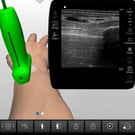



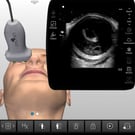







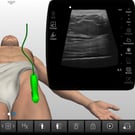
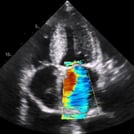

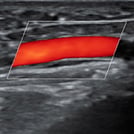
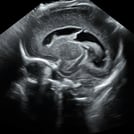

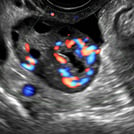

































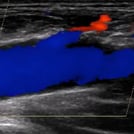
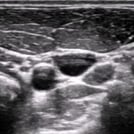
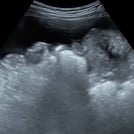
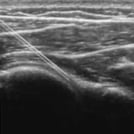
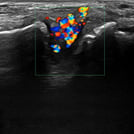
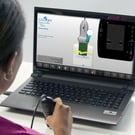
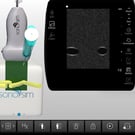
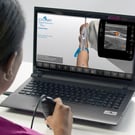
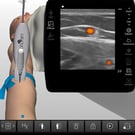
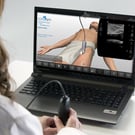
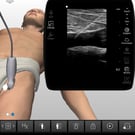
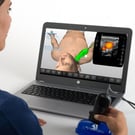
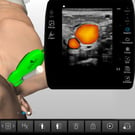
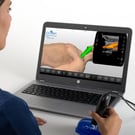
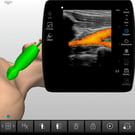


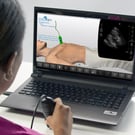
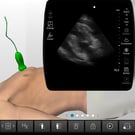
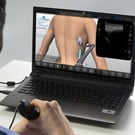
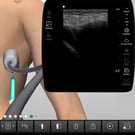
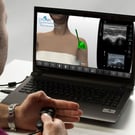
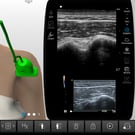
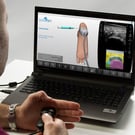
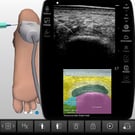

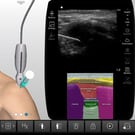
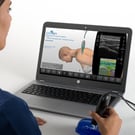

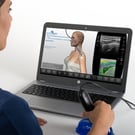
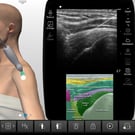
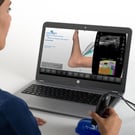
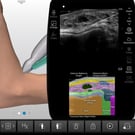
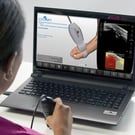
.jpg?width=135&height=135&name=procedure_methatarsophalangeal_case_screen__08737%20(1).jpg)
